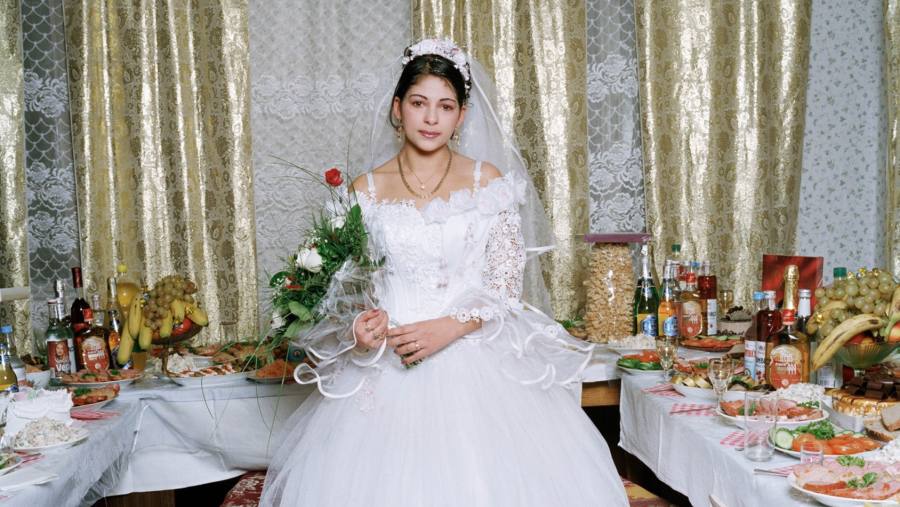[ad_1]
Growing up in Vilnius in the 1990s, Kotryna Ula Kiliulyte thought it was perfectly natural to be taught about the humanist tradition of Lithuanian photographers while still at high school. “They were kind of like household names in Lithuania,” says Kiliulyte of Antanas Sutkus, Vitas Luckus and Romualdus Rakauskas — all masters of black and white social documentary.
Only after moving to Scotland in 2006 to study at the Glasgow School of Art did she become fully aware of Lithuania’s outsize contribution to art photography. Witnessing the Lithuanian Season of Photography organised by Glasgow’s Street Level Photoworks gallery in 2014, Kiliulyte was struck by the international reputation her countrymen and women enjoyed.
“At first, I thought this was quite random,” she says. “After researching, I realised Lithuania’s tradition of photography is historically quite unique.”
This distinctive history can be traced to the establishment of the Lithuanian Society of Art Photography in 1969 — a unionised photography group that was the first and only one of its kind permitted in the former USSR. One of its founders was Sutkus, whose resolutely unheroic portraits of children put him at odds with officials who wanted more upbeat depictions of life in the USSR. Sutkus, however, preferred to create what he once called a “psychological portrait of contemporary man”.

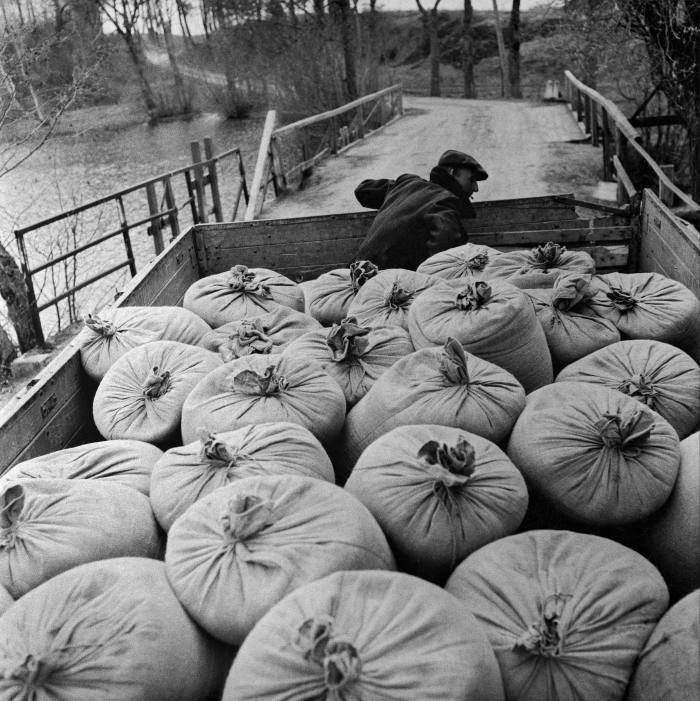
Beginning in 1973, photographers would gather in the resort town of Nida on the Curonian Spit — a huge bar of sand dunes stretching along the Baltic — to exhibit and critique one another’s work, far from the watchful eye of the state. Vilnius Photography Gallery opened in the same year.
Following independence in 1990, the Society of Art Photography continued as the Lithuanian Photographers’ Association, led today by Gintaras Česonis. He sees Lithuanian photography’s tradition of mutual support as integral to its global stature, giving it an influence disproportionate to the country’s tiny population.
“Being in a group, in collaboration, artists can do way more than functioning alone,” says Česonis, who is also curator of the Kaunas Photography Gallery, another product of the 1970s photography scene. “Lithuanian photography became so visible because artists could compete on one hand but collaborate on the other hand. They could be together when it was needed to fight for rights and opportunities.”
A key moment was an exhibition entitled 9 Lithuanian Photographers, held in Moscow in 1969. The show had a strongly humanist aesthetic, with series of images depicting everyday life in Lithuania as a distinct ethnographic identity.
“They were really impressed by this idea that you could photograph reality but still you could trace it to the level of art by showing the emotions of people, by showing ideas,” says Agnė Narušytė, art historian and theorist at Vilnius Academy of Arts.
After independence, artists such as Gintautas Trimakas, Remigijus Treigys and Alvydas Lukys pushed Lithuanian photography in a conceptual direction, their “TTL” collective exploring the medium’s abstract potential.
Although no single style now dominates, Lithuanian photography continues to thrive. The Nida Photography Symposium is now pushing 50, while worldwide interest remains strong. The German publisher Steidl, for example, has published four volumes of Sutkus’s work, and an exhibition of Lithuanian photography was recently held in Beijing.
Below are profiles of six contemporary photographers born or working in Lithuania.
Tadas Kazakevičius

Tadas Kazakevičius is a Lithuanian artist living in Vilnius who documents the disappearing traditions of life in the country. His practice is inspired by the documentary photography of Walker Evans, Dorothea Lange and Jack Delano, whose work for the US Farm Security Administration captured life in rural America during the Great Depression.
Kotryna Ula Kiliulyte
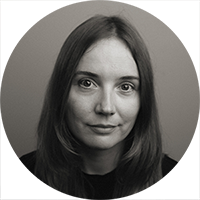
Kotryna Ula Kiliulyte is a Lithuanian artist who lives and works in Glasgow. Her practice employs photography, sound and the moving image to explore nostalgia, migration and climate change. She has exhibited internationally and is currently a visiting lecturer at the Glasgow School of Art.
Valentyn Odnoviun
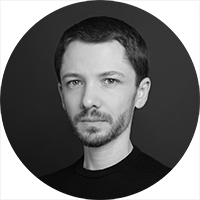
Valentyn Odnoviun is a Ukrainian-born photographer living in Vilnius, where he is completing a PhD on the intersections among Ukrainian, Lithuanian, Latvian, Polish and Czechoslovak art photographers in the second half of the 20th century. His practice centres on photography as a medium in which abstraction and reason collide.
Andrew Miksys
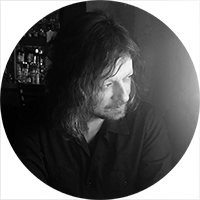
Andrew Miksys is an American-born photographer with Lithuanian heritage. Travelling to Vilnius to visit relatives in 1995, he was struck by the pace of change as the city adapted to life after socialism. In 1998, he was awarded a Fulbright grant and moved to Lithuania permanently. Baxt, his project documenting Lithuania’s Romani families, was recently exhibited at Vilnius’s Mo Museum.
Geistė Kinčinaitytė

Geistė Kinčinaitytė is a Lithuanian photographer who describes herself as an alien anthropologist. Her practice uses photography, moving images and sound to explore the relationship between the body and the landscape, the weird and the eerie. She is currently completing a PhD in film and screen studies at the University of Cambridge.
Dovilė Dagienė
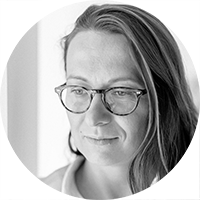
Dovilė Dagienė is a Lithuanian artist and photographer working in Vilnius whose practice explores themes of memory, imagination, time and place. Her series “Boy with a Stick” was awarded the second prize at the 2015 World Photography Awards.
[ad_2]
